1. Bees – Nature’s Busiest Workers
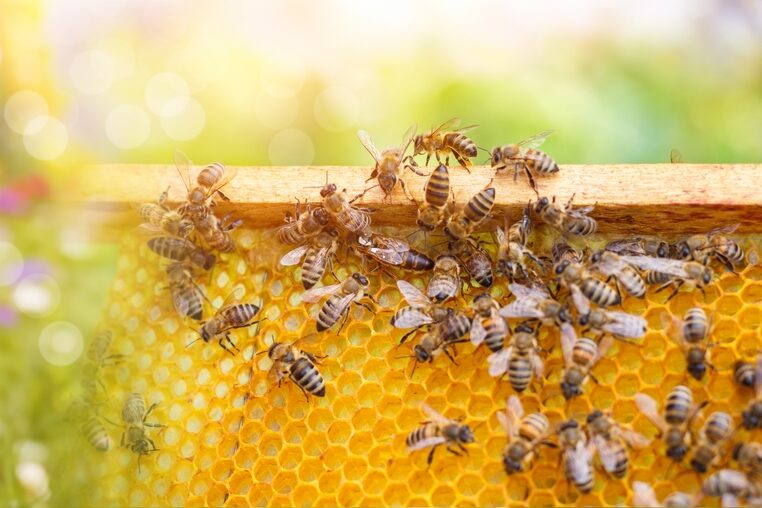
You might dodge them when they buzz too close, but bees are behind so many of the foods we eat. They flit from flower to flower, collecting nectar while spreading pollen, which helps fruits, vegetables, and even coffee grow. A single colony can pollinate millions of flowers in a single day. Their stings are scary, sure, but their role in food production is enormous. Without bees, entire ecosystems would collapse. Even if you’re not a fan of the buzz, giving them space to do their work is one of the easiest ways to help nature thrive all around us.
2. Ladybugs – Tiny Pest Patrol
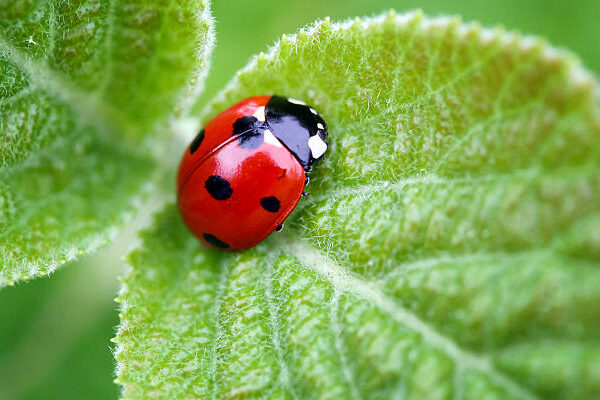
They’re spotted, small, and kind of cute until one lands unexpectedly on your shoulder. But ladybugs are fierce allies in any garden. They love to snack on aphids, mites, and other bugs that destroy plants. That means less need for harsh pesticides and a healthier environment overall. A single ladybug can eat dozens of aphids a day. While they might show up in unexpected places, especially during colder months, they’re helping keep your plants safe behind the scenes. The next time you see one crawling across a leaf, remember they’re tiny defenders doing big work for your backyard greenery.
3. Praying Mantises – Calm but Ruthless

They look like they’re deep in prayer, but praying mantises are anything but peaceful. These silent, watchful predators are great for keeping other bug populations in check. They feast on flies, crickets, grasshoppers, and even moths. Their alien-like eyes can follow your movements, which makes them unnerving to look at for too long. Still, they’re better than using chemicals to control pests. They’re part of nature’s own pest patrol, quietly helping restore balance in gardens and outdoor spaces. You might not want to hold one, but having a mantis nearby means fewer destructive bugs munching on your plants.
4. Spiders – Natural Pest Control
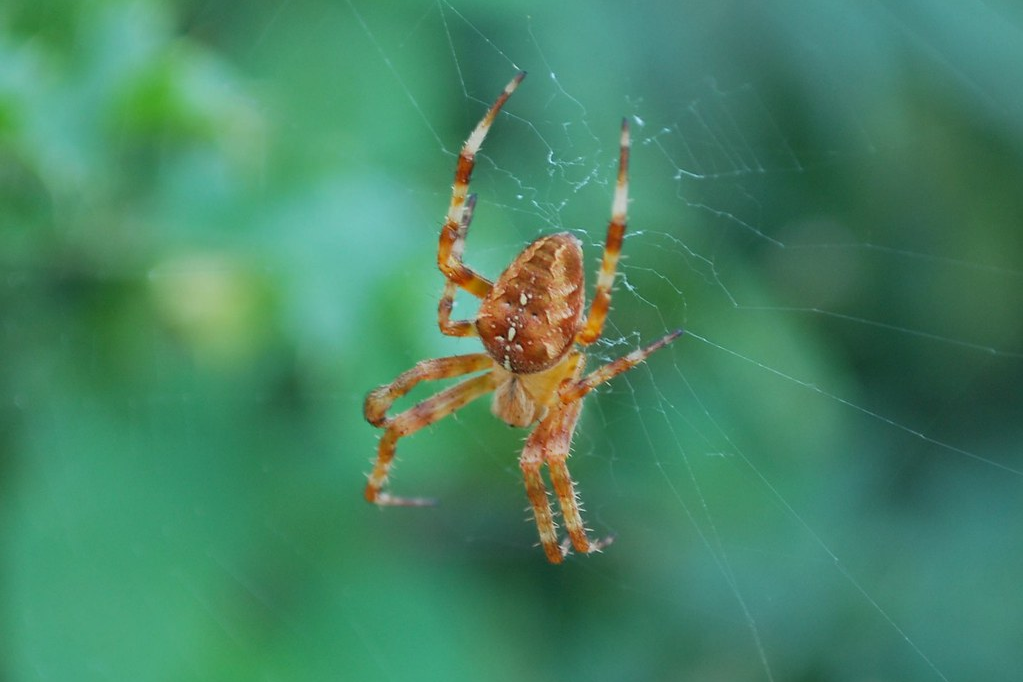
They’re not technically insects, but spiders deserve a spot on this list. Even if their eight legs send a chill down your spine, they’re doing something useful every day. A spider’s web is like a natural bug trap, catching flies, mosquitoes, and even roaches. By simply being around, they help keep the insect population in check inside and outside your home. Spiders also feed on garden pests, which helps protect your plants without any extra effort from you. So while you might instinctively squash one, pausing for a second might help you appreciate what they’re quietly doing behind the scenes.
5. Dragonflies – Graceful Hunters
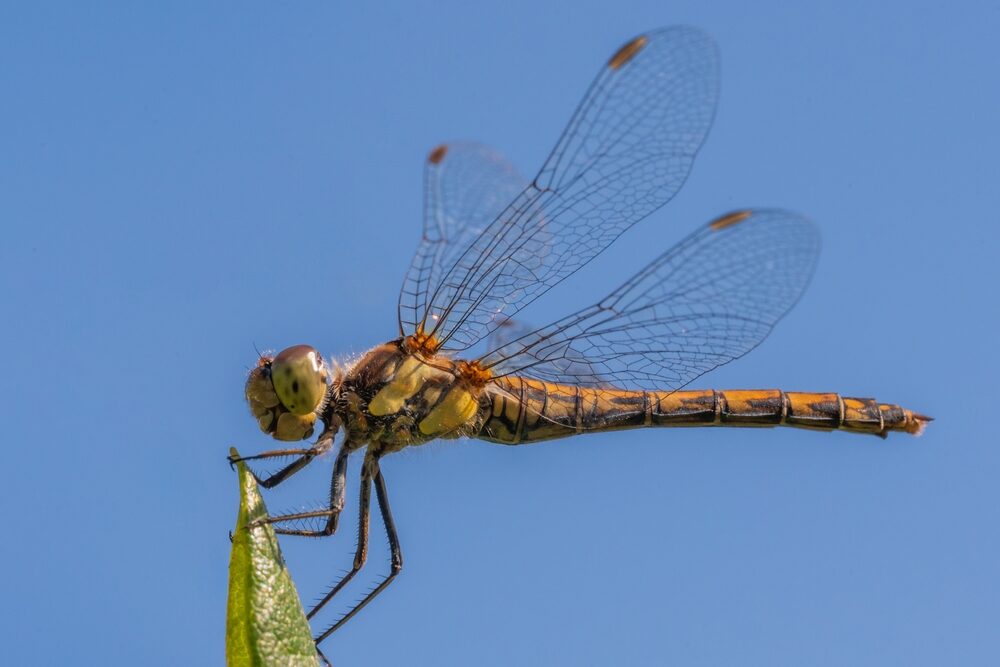
They zip through the air with colorful wings and incredible precision, but dragonflies aren’t just beautiful to look at. They’re also expert mosquito hunters. Near lakes, ponds, and marshy areas, dragonflies can eat hundreds of mosquitoes a day. Their aerial skills are impressive, and they don’t bother humans. Having them around makes being outdoors more pleasant, especially in the warmer months. Their creepy eyes and rapid movements might startle you, but they’re doing the work most of us wish we could—keeping mosquito numbers down so we can enjoy nature without all the itching and swatting that usually comes with it.
6. Dung Beetles – Waste Managers
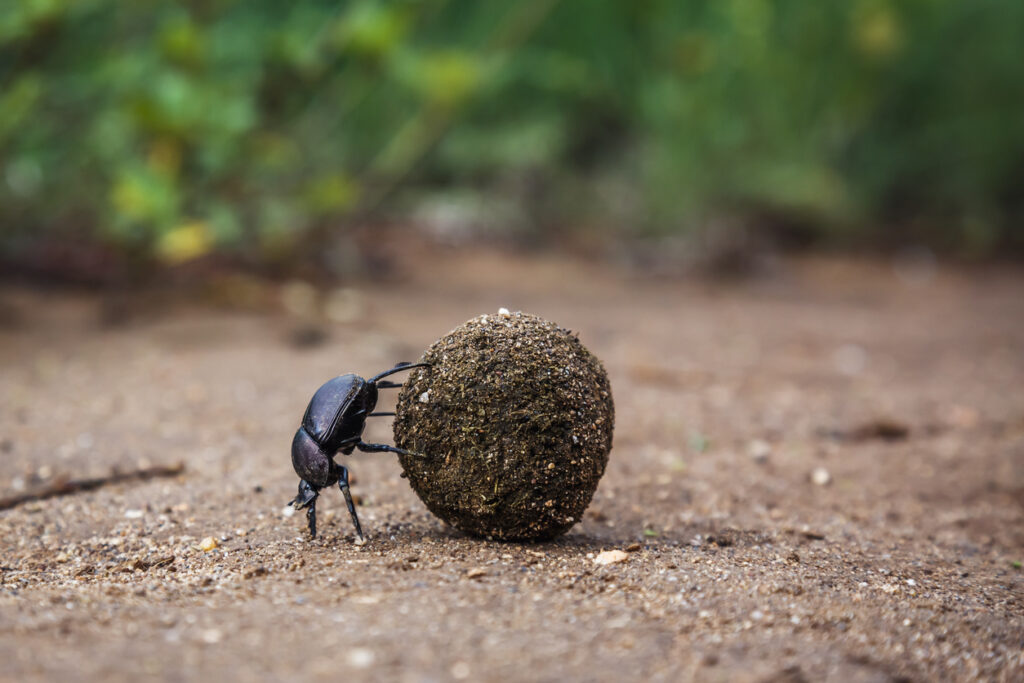
It’s hard to imagine being grateful for anything that rolls around in poop, but dung beetles play a major role in nature’s cleanup crew. They collect animal droppings, roll them into neat balls, and bury them underground. That may sound gross, but it helps fertilize the soil, control parasites, and return nutrients to the earth. These beetles also reduce the number of flies that breed in waste. Even though their job description is stomach-turning, their impact is anything but. They quietly handle the messiest parts of nature, letting plants grow stronger and cleaner without anyone really noticing their daily grind.
7. Ants – Underground Helpers

They show up uninvited at picnics and somehow find their way into sugar jars, but ants are actually hardworking contributors to healthy ecosystems. Outside, they dig intricate tunnels that aerate soil and allow water and nutrients to reach plant roots more effectively. Some species protect plants from harmful bugs by acting like tiny bodyguards. Others help clean up organic matter by carrying bits of food and dead insects back underground. While they’re frustrating when they invade your home, they’re far more helpful out in the wild. Ants may be small and persistent, but they’re quietly improving the earth beneath our feet.
8. Butterflies – Silent Pollinators
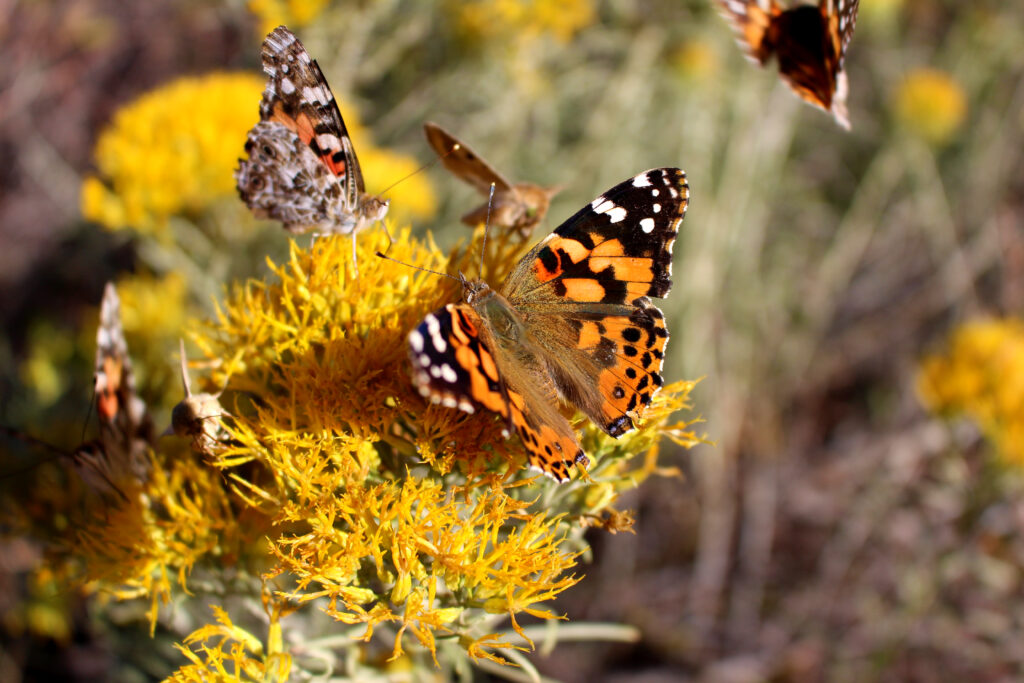
Their colorful wings get most of the attention, but butterflies are much more than pretty faces. As they float from flower to flower, they collect and spread pollen, which helps plants reproduce and grow. They’re especially good at reaching deep into flowers that bees sometimes miss. When butterflies thrive, it’s usually a good sign that the environment is healthy. Their quiet work supports fruits, vegetables, and flowers, making your garden more productive and vibrant. Even if the caterpillar stage creeps you out a bit, the end result is a gentle pollinator that helps brighten the world with both beauty and purpose.
9. Silkworms – Tiny Textile Artists

They might look like any ordinary caterpillar, but silkworms are responsible for one of the world’s most luxurious natural fibers. As they spin their cocoons, they produce silk threads that are incredibly strong and smooth. These threads are harvested and woven into clothing, sheets, and other products people love. Silkworms may not do much outside their controlled environments, but their quiet contribution to fashion and fabric has lasted for centuries. While most insects are known for buzzing or biting, silkworms are more about stillness and production. They’re not glamorous, but they’re behind some of the finest things we wear and use.
10. Hoverflies – Helpful Lookalikes
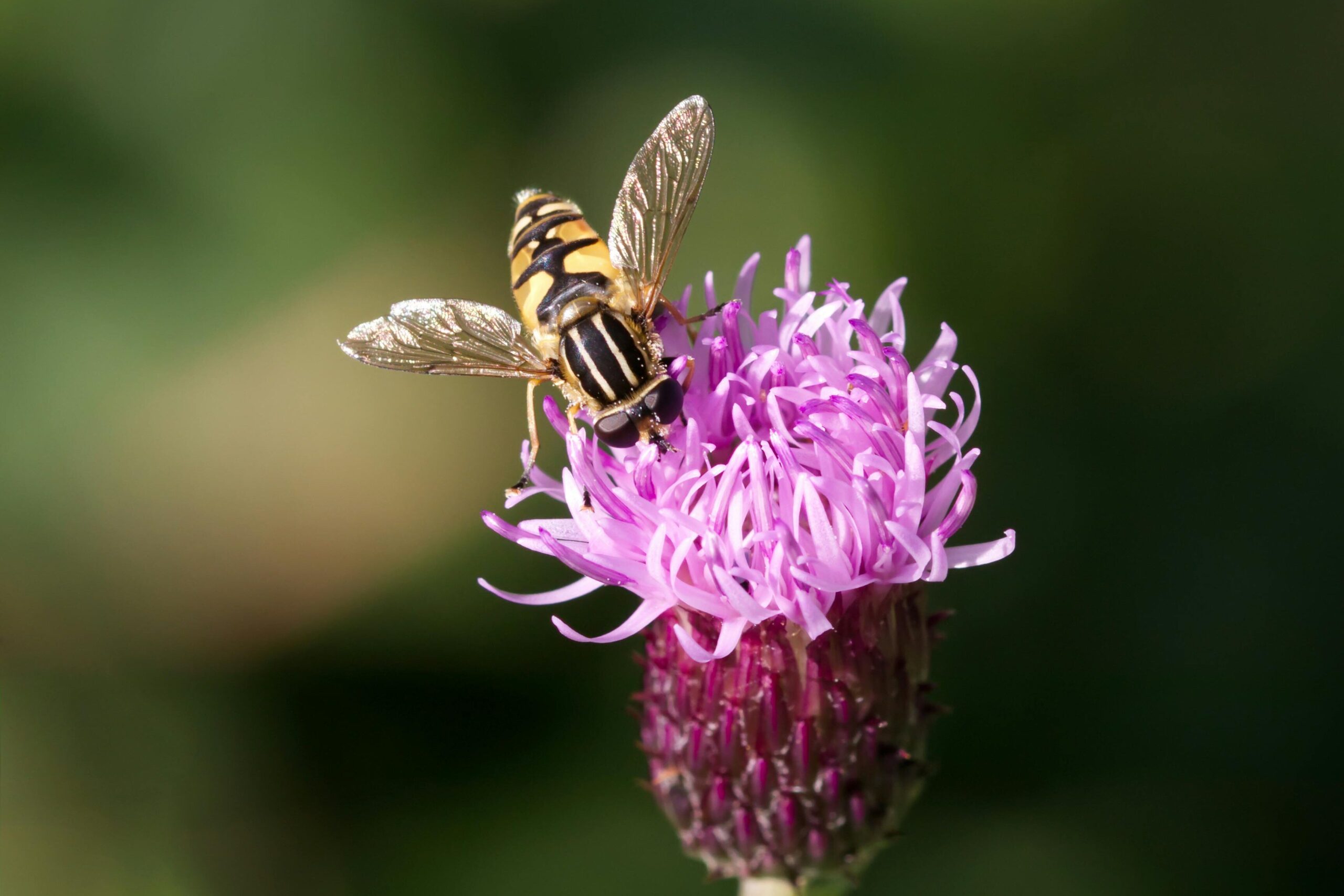
Hoverflies might make you flinch at first glance because they resemble bees or wasps, but they’re completely harmless and incredibly helpful. These clever mimics are fantastic pollinators, especially in vegetable gardens and flower beds. Even better, their larvae feed on aphids, which means they help protect plants from harmful pests without any effort from you. Because they don’t sting or bite, they’re safe to have around children and pets too. You might mistake them for trouble at first, but they’re more friend than foe. Quiet and efficient, hoverflies do double duty in your garden and never ask for anything in return.
This story 10 Most Useful Insects (That Still Creep Us Out) was first published on Daily FETCH


